Catembe
The caves route
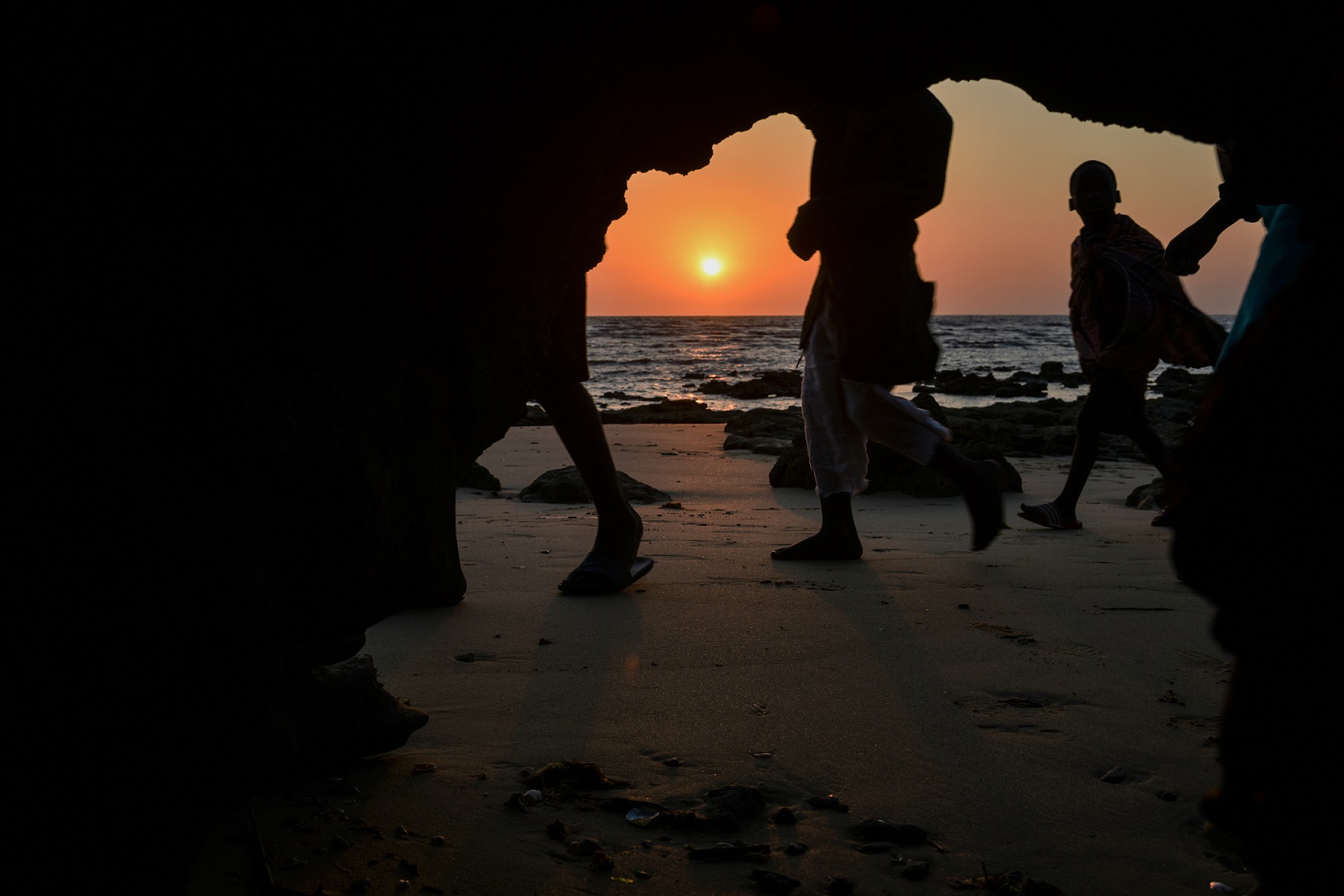
The Maputo-KaTembe bridge is a tree that emerges from the waters joining two banks of the same territory. Anyone who glances at Catembe from the top of the buildings in the city of Maputo may, at first, think of it as an island, a body of land thrown into the sea like Inhaca, Xefina or Portuguese Island or so many others that make the Indian Ocean a route full of stops. But Catembe is an extension of the city, removed by a geographical strike to introduce us to the sea.
Before the bridge, there were ferryboats or small boats that we popularly call mapapais, which departed from the Ponte-Cais, allowing this experience of the city to be lessened, to become an island while Catembe becomes living land. But the journey across the sea always depended on the weather, the latter made up of winds that make the sea an even more shifting field. The bridge made the connection faster and more practical and gave it another business card. After all, the three kilometres made it the longest suspension bridge in Africa.
We arrived when the sun was still hiding among the clouds, birds overhead testing the luck of the photographers who tried to capture this postcard snapshot, which are the flocks with the bridge in the background. Dos Amores Beach was the destination. The name (amores means loves in Portuguese) is suggestive and what is not said about it is even more so. “Where does it come from?”, we asked the fishermen with the natural curiosity of outsiders who demand a meaning for everything. But the question surprises them. Despite knowing the Beach, they never set out to think about the origin of the name, as if they had always heard it and thought that it was always noun and adjective, concept and definition. But they leave us with the description: caves, land, sea, sky and the city in the background. They end up indicating who can tell us more.
The large rocks carved by the sea-chisel and time-hammer are caves where light always reaches.
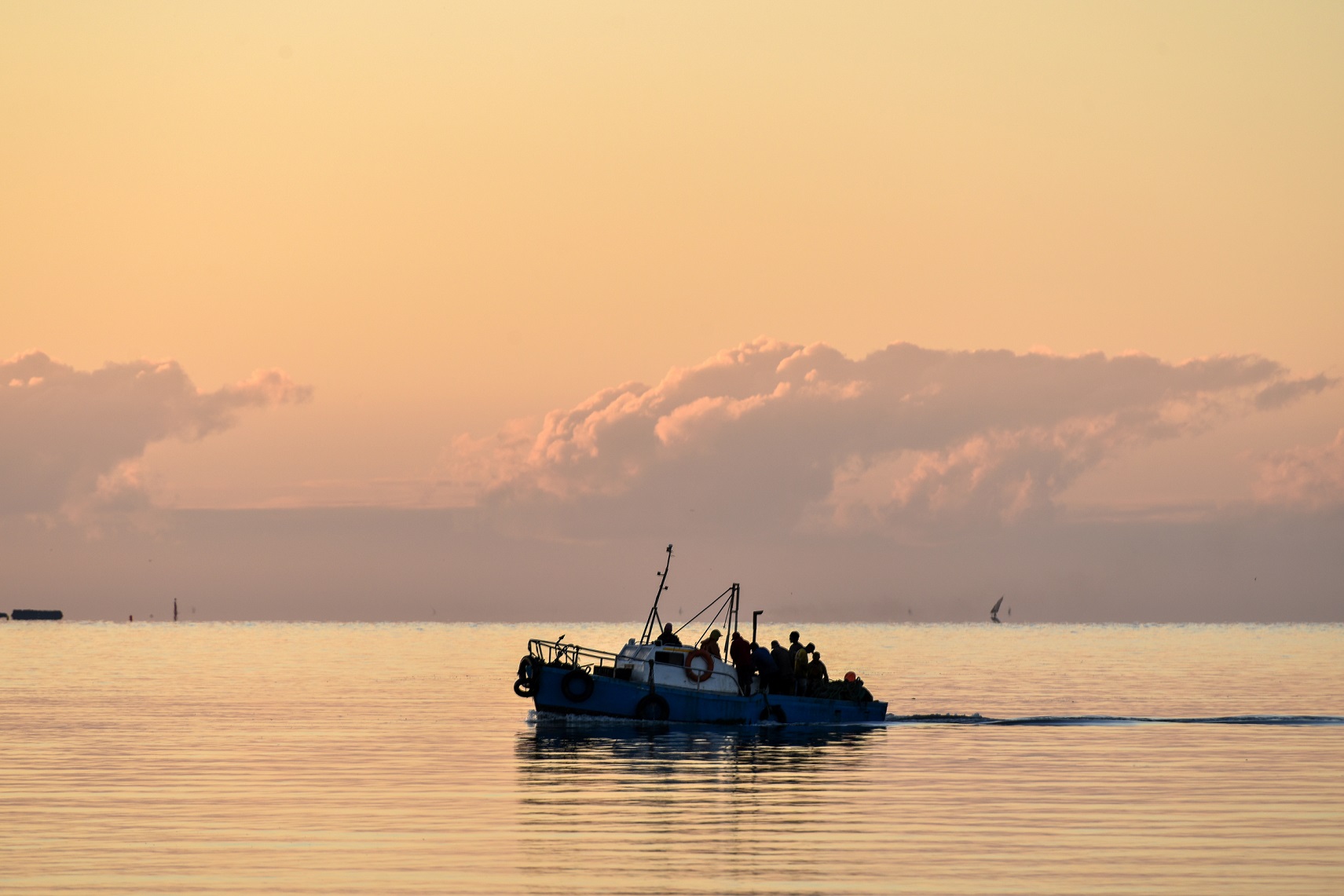
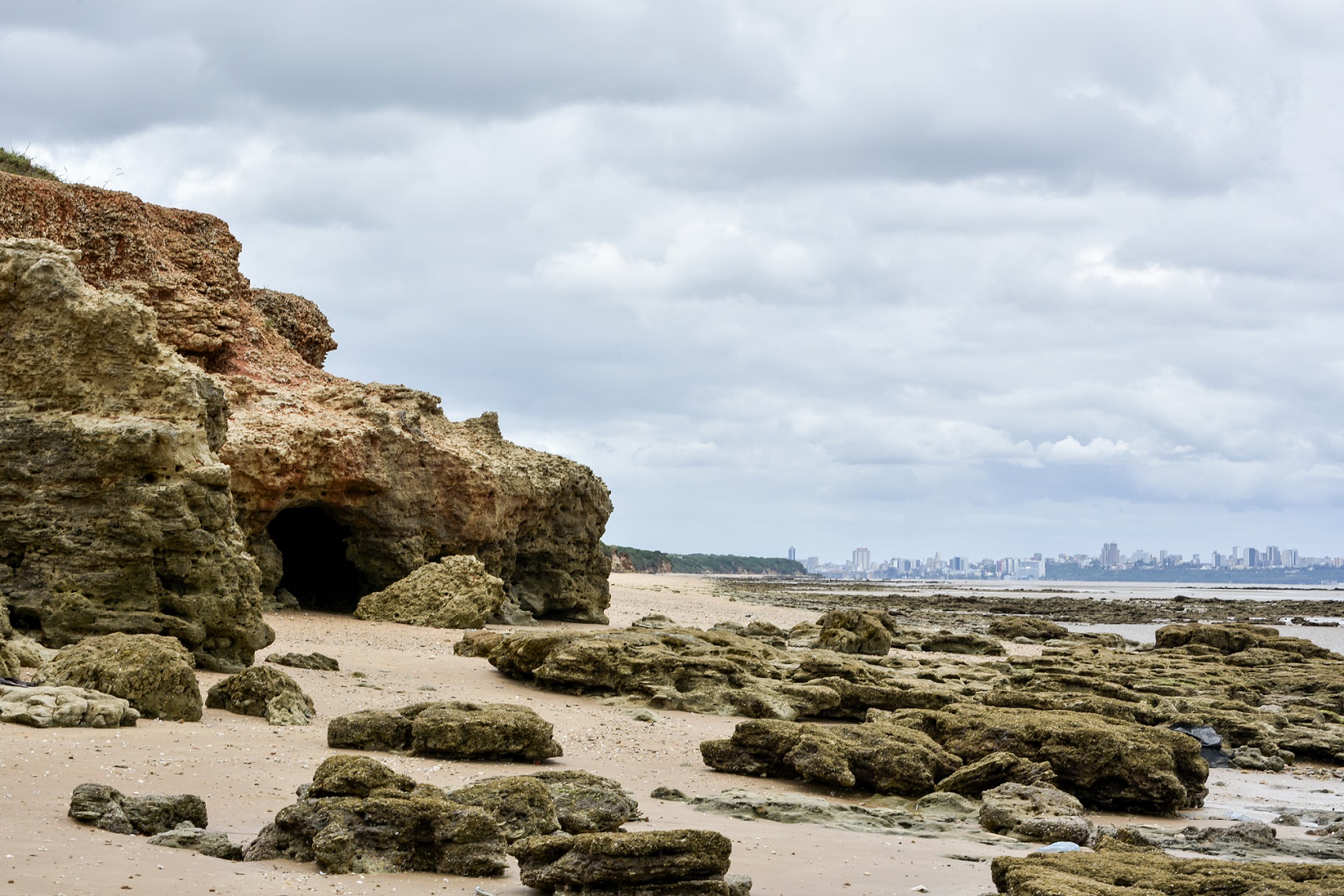
Only a few medium-sized caves remain, which continue to be threatened by the sea Standing there, it’s like time stands still
The neighbourhood is Malhanpfane. The path is dirt, mud and puddles of water that forces us to leave the car halfway and continue on foot. And who we needed to find is Ana Mboissa, an elderly woman already stretching her life to close to 70 years old, all of them lived in that Catembe marked by the winds of Amores Beach. The name is old, she says, but she doesn’t have the exact origin. “We grew up knowing that it is Rha Lirandzo Beach”, she tells us. Lirandzo is the equivalent of “Love” and we struggle to understand in this translation what precedes and what proceeds. And then we realize that precedence will always be an identity struggle. “The Portuguese called it Dos Amores and the natives called it Rha Lirandzo.” And it speaks of a time when there was a profusion of cars and people who used to put themselves in the caves turned porches, right in front of the Beach, in great celebrations of what life is all about, which could last for days. We say goodbye and head back to the paths with trees on the banks to then let us see the sea in all its fullness.
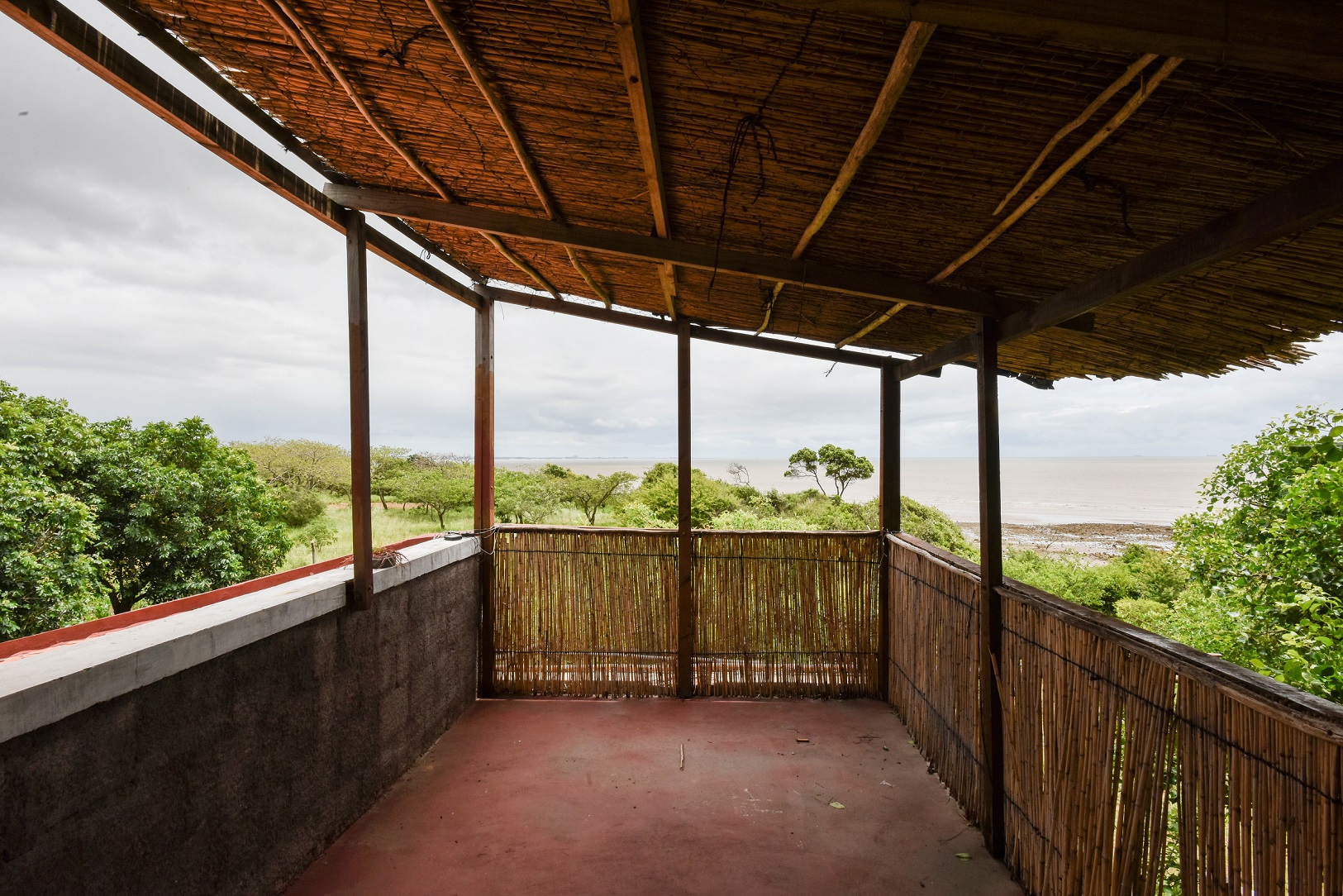
The large rocks carved by the sea-chisel and time-hammer are caves where light always reaches. Standing there, it’s as if time were suspended, as if the winds of evolution that took men and women by their own hands to erect walls and roofs for shelter, over the centuries, hadn’t blown through there. There are still some medium-sized caves, which continue to be threatened by the sea. Those who are more used to these wanderings say that they used to be deeper and deeper, that they were already eroded by the waters of the sea and the rocks now resemble Mount Rushmore.
The Dos Amores that clings to Beach may be as much because of the celebrations that Ana had told us about, as it may be because of the caves that suggest beds from a prehistoric period and everything that the bed suggests, but it could also be about the silence broken by the miracle of nature, which is the sea growing a little each time a wave hits the shore. And the city on the horizon, as if the buildings were also floating on the water.
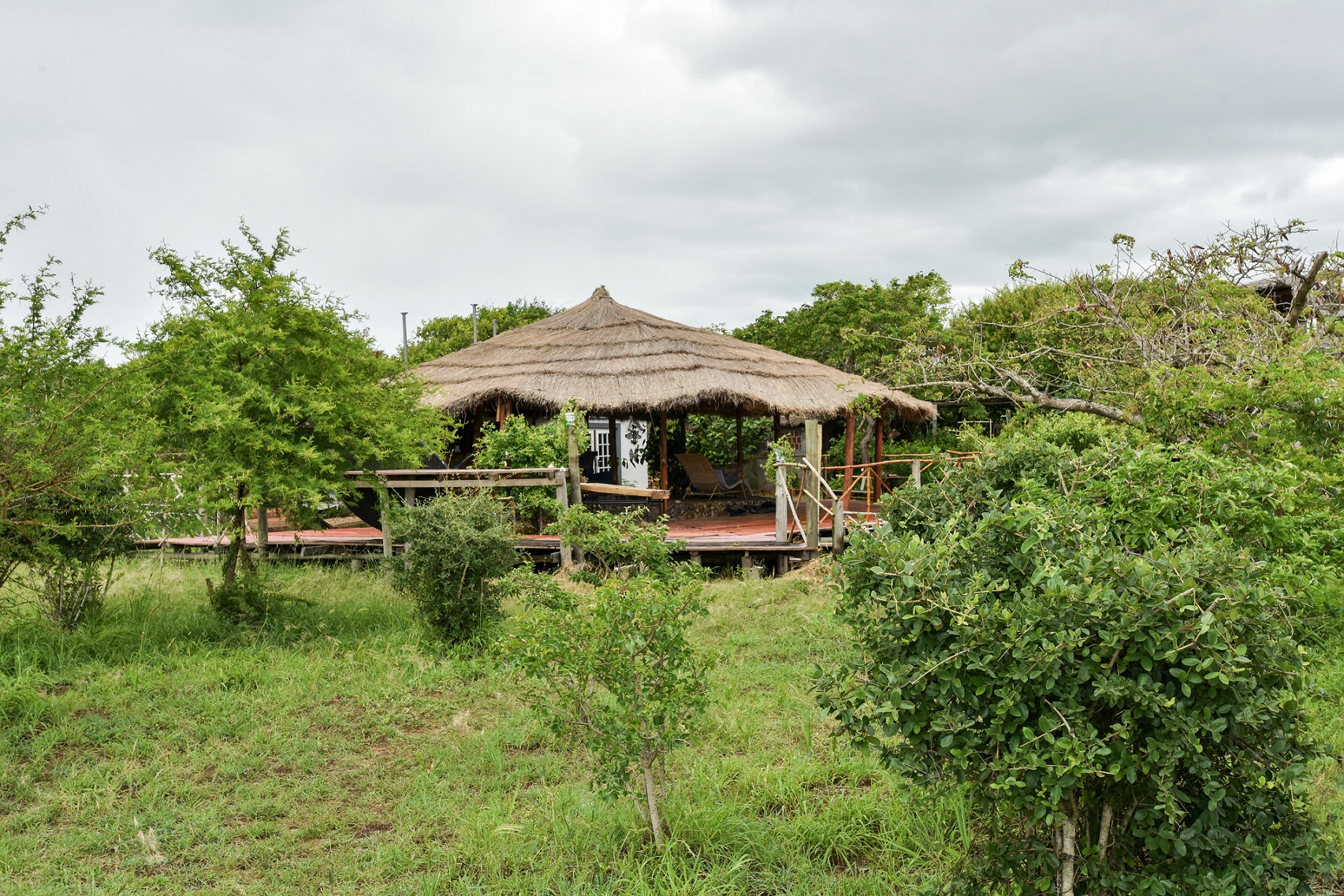

And between sunrise and sunset, we thought that maybe the day could be eternal. But the sun teaches us what theatre actors and actresses personify: the secret is not in the eternity of the performance, but how one leaves the stage. And the sunset seen from Dos Amores Beach is this spectacle: the twilight orange in the background, like an extinguishing fireball and streaks of light reflected between the drops that remain from the coming and going of the water on the rocks earlier, almost a kaleidoscope.

From the city of Maputo it is a car journey of around 25 minutes on paved roads and another 15 on dirt roads. Halfway through, you can walk for not much more than another 15 minutes, which is also worth taking to get lost in the greenery.

A picnic in the cave evokes the memory of other times. Watching the sunrise and sunset is also an unforgettable experience. And you can always just let yourself be, without commitment to the tourist gaze, almost a meditation.

Taking food with you can always be a good alternative. But, if you prefer, you can make your way back, and in Catembe there are always plenty of restaurants.

There are several hotel resorts. But Massala-Mar, which has an access gate to Dos Amores Beach, can always be a good option.

Hat, sunscreen and water must be part of the kit. You must be careful when entering the caves, as the violence of the water continues to weaken the rocks.
Issue 71 Jan/Feb | Download.
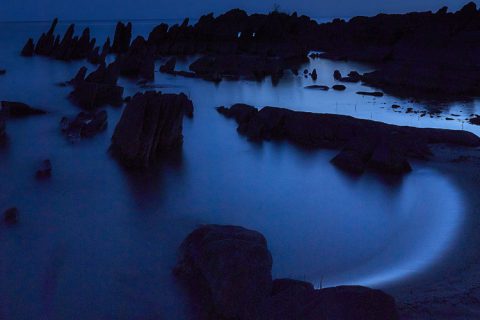
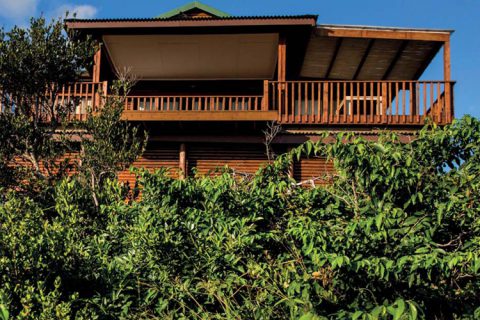






























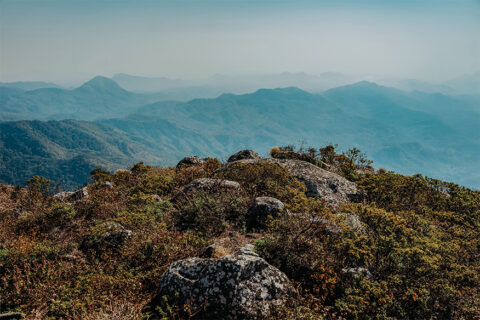


0 Comments